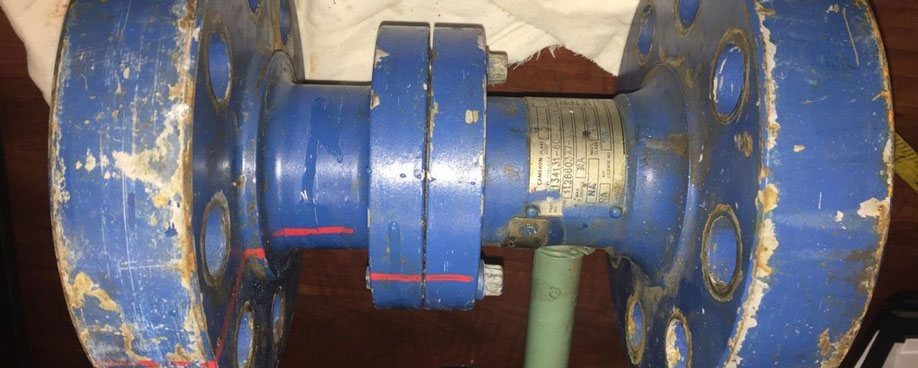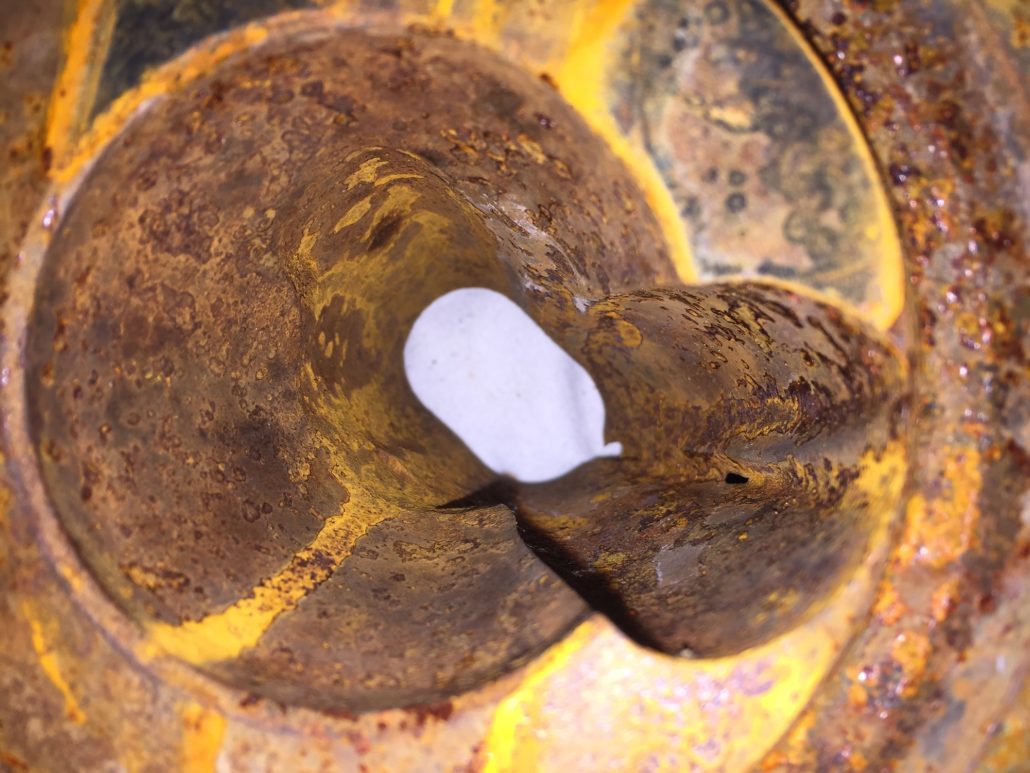How to Become a Non-Destructive Testing Specialist in Edmonton
If you like challenging situations that require attention to detail and problem-solving, you’re a prime candidate for a non-destructive testing specialist. Following is how to become a non-distributive testing specialist position in Edmonton.
General requirements
Most positions need as a minimum a high school diploma or GED equivalent, a college education in Material science or Welding will reduce the necessary time required to certify yourself in NDT and give you the key materials knowledge necessary for advancement.
You can go from a level 1 technician to a Level 3 technician and up to a MSc in NDT or anywhere in between, depending on experience and education.
Skills required
As a non-destructive testing specialist, you need an understanding of materials, corrosion and operating equipment to recognize the nature of and potential for problems. A good technician must be able to identify the type of problems that may already be occurring.
Testing different materials in different situations requires training and experience to see specific types of defects and their extent. You must be able to detect and accurately size indications with the potential for harm.
As with almost any position, you must be able to take direction both verbally and in writing and apply reasoning to them. A non-destructive testing specialist uses his or her skills to offer clear answers to questions.
Good vision and the ability to differentiate between colors, including shade and brightness are key. You must also be in good physical condition; specialized rope access NDT technicians have advanced mountain climbing training. Dexterity is important to ensure consistent inspection application with the various technologies. The ability to think quickly with strong reasoning skills are key for all non-destructive testing specialists.
Education levels
Over half of all non-destructive testing specialists generally have a high school diploma. Almost 30% have an associate degree, while only 7% have a bachelor’s degree.
All non-destructive testing specialists need certification from an institutional body such as:
- CGSB Canada’s National Non-Destructive Testing Certification Body.
- Personal Certification Network (PCN) and The Certification scheme for Welding inspection Personnel (CSWIP)
- ASNT American Society of NDT
This ensures you can work anywhere and cover the greatest amount of client needs.
You can get certain certifications from these bodies in multiple disciplines:
- Radiography
- Ultrasonics (Phased Array, Time of Flight Diffraction, Guided wave etc.…)
- Magnetic Particle Inspection
- Dye Penetrant Inspection
- Eddy Current Inspection
The CGSB would be your first point of contact and others could be explored and pursued from there. The CGSB will provide you with an examination guide to study for the written examinations. You must know and understand the applicable acts, regulations, standards, and safety codes.
Once you are certified, you must keep your certification current. This means renewing and re-certifying yourself every 5 years before the expiration date to keep up with changes to technology and code.
Conclusion
A career as a non-destructive testing specialist is both rewarding and essential to the overall safety of equipment and the public at large. You can find job openings by searching the internet, where you can also find more information about employers looking for technicians.
If you have the skills listed above and are willing to become certified, a non-destructive testing specialist may just be the perfect job for you. You can find everything you need for a career as a specialist on the CGSB website.
Training institutions such as NAIT and SAIT offer dedicated training as well.






 If you aren’t a member of an institutional body such as CINDE, ASNT, BINDT then you should join. These institutions publish monthly and quarterly journals packed with information on the latest in technology and training. It can also count for credit towards your certification renewals.
If you aren’t a member of an institutional body such as CINDE, ASNT, BINDT then you should join. These institutions publish monthly and quarterly journals packed with information on the latest in technology and training. It can also count for credit towards your certification renewals.
